Due to a series of intentional “missteps” by leaders in the U.S., exacerbated by a war that will soon restrict the global market for Russian-produced fossil fuels, gas prices are rising to record levels.
Not everyone feels that high gas prices are a problem. In fact, many politicians and many EVangelists want gas prices to go even higher to put more pressure on Americans to reduce consumption and move toward lower-carbon sources of energy. If you like paying more for fuel, ignore these two things you can do today to increase your energy efficiency and lower your energy costs.
Inflate Your Tires
The proper inflation level for your tires in your vehicle is printed in the driver’s side door jam. Open your door and look down. You will find the inflation level for the tires. Note that the front and rear tires may have different values. This is America, so I’ll use imperial pressure units in this story (pounds per square inch, or PIS). Most manufacturers list both SI and imperial units on the sticker if you have a base-ten fetish, or are reading this story in a place that has adopted SI units. We have no objection to the unit kPa as in kilo Pascals, except to note that Pascal himself used pounds per square inch.
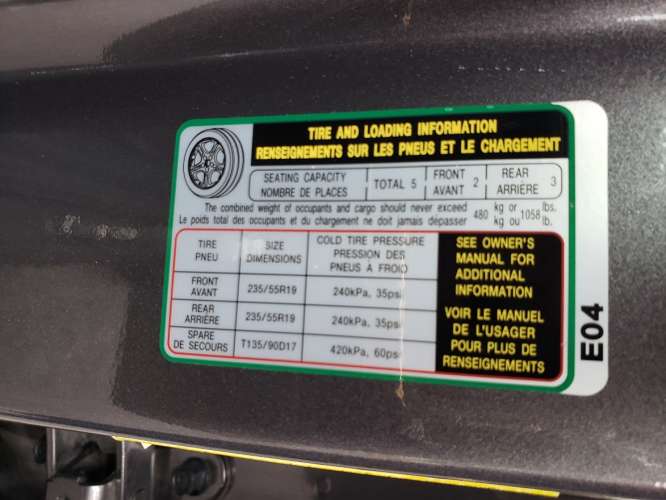
The pressure listed is the cold inflation temperature. That means the temperature before you drive around a bit. As you drive, the tires heat up. Boyles law dictates that the temperature inside the tires must rise with temperature if the volume stays fixed, which it mostly does. And even more fun, it doesn't matter what gas you choose. Nitrogen tire filling won’t help, but buy some if you want it.
Use a pressure gauge to test your tire pressure before you head out to get air if you don't have a home compressor or portable one you keep in the vehicle. When you arrive at the filling spot, note the increase. Do the math and add pressure to bring your tire pressure up to the set point the manufacturer suggests.
If you would like to add two or three pounds per square inch added tire pressure, you will see an increase in MPG. Doing so makes the ride a bit firmer and it can affect your tire wear a bit by making the middle tread surface wear a bit more quickly. Mostly there is no downside. Many vehicles have settings with higher pressures for certain scenarios such as towing or when the vehicle is under a maximum load. Use those if they are listed.
Don’t be a dingbat and inflate your tires to the pressure listed on the tire. That is the pressure at which they become unsafe. It’s not the pressure to which they should be inflated.
Drive More Slowly On the Highway
There isn’t much you can do to reduce your speeds around town that will make a meaningful impact on your fuel-efficiency or fuel costs. Mostly because you don't travel far around town. However, on the highway, small increases in efficiency add up. Even more important, wind resistance is impactful at highway speeds and it really isn’t at speeds under 40 MPH. Thank the formula for wind resistance and its square function for that.
When you are on the highway, and it isn’t stop-and-go bumper-to-bumper traffic, use the middle lane or lanes to travel as much as practical. Leave the left lane for the folks in a hurry and the right lane for folks entering or exiting the highway. Set your cruise control to a speed that won’t get you murdered in a road rage incident or rear-ended by a maniac. You’ll feel the pressure when folks start tailgating you.
Note that trucks are often excluded from the left-most lanes on many highways. If you block a trucker from moving past you in one of the middle lanes you will know about it when a Kenworth hauling liquified natural gas appears four inches from your bumper. Move aside, left or right safely. You are being a menace, not the trucker trying to make a living.
Driving more slowly on the highway takes patience and practice. It’s an art form, much like driving fast and not crashing is. Be mindful and fully attentive until you get the hang of it. Once you are comfortable being an active slow driver on the highway who is comfortable moving aside for trucks to pass, try books on tape. They help me to chill and maintain a slower speed than feels comfortable when I opt to take it easy on the highway.
There are other things you can do to use less fuel, but almost none will help you use less energy per mile. Drive when roads are mostly empty rather than at rush hour if that is an option for you. Stop-and-go highway traffic uses more fuel than steady-state cruising. And it increases your stress levels.
Fun Bonus - These Methods Also Work For Electric Vehicles
None of the suggestions we made here are specific to gasoline-thrusted vehicles. If you own an HEV, PHEV, EREV, BEV, or FCEV, you will consume less energy by doing these two things. If you don’t know what those initials stand for they are basically the steps up the ladder of vehicle electrification.
Historically, gasoline price spikes last less than a few months. Almost none survive a change in the U.S. political leadership. So, hang in there. It was just a couple of years ago that gas was under $2.00 in most of America. It may not get back to that low price point, but when you adjust for inflation, gas will be “cheap” again soon. And the more EVs that take to the roads, the less gas will be needed, lowering costs due to supply and demand.
If you have any fuel-saving tips that most people can practically employ, please feel free to list them below.
Image of tire pressure gauge by John Goreham
John Goreham is a long-time New England Motor Press Association member and recovering engineer. John's interest in EVs goes back to 1990 when he designed the thermal control system for an EV battery as part of an academic team. After earning his mechanical engineering degree, John completed a marketing program at Northeastern University and worked with automotive component manufacturers, in the semiconductor industry, and in biotech. In addition to Torque News, John's work has appeared in print in dozens of American news outlets and he provides reviews to many vehicle shopping sites. You can follow John on TikTok @ToknCars, on Twitter, and view his credentials at Linkedin
Re-Publication. If you wish to re-use this content, please contact Torque News for terms and conditions.



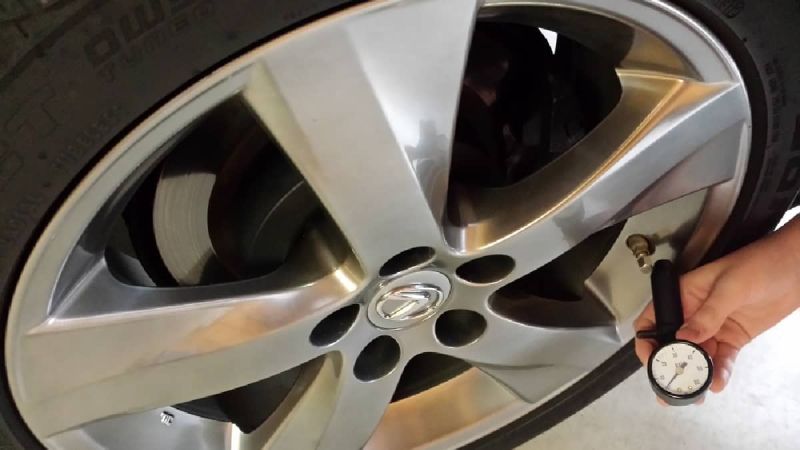




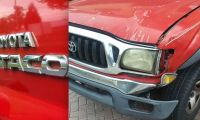

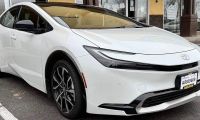
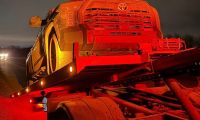

Comments
Here in Houston, Texas the
Permalink
Here in Houston, Texas the temps hit over 100°F for several weeks thru the summer.. like today it is 101°F.
A client in the legal department for CHEVRON shared one of their company newsletters with me a few years ago. It read:
Pump your gas EARLY in the mornings .. while the earth is still cool .. but BEFORE the ground warms up and absorbs the heat..
They claimed …. When the gas is at cooler temperatures it is more dense .. so you actually get more fuel in the end .. when it is warmer there is a higher evaporation rate….
Also if you service your car and keep it tuned up.. you will get better gas milage !
At least our country has not gone back in time to the days of gas rationing .. I remember they would deny you gas on certain days according to the month of your car’s registration! The gas lines were so long …